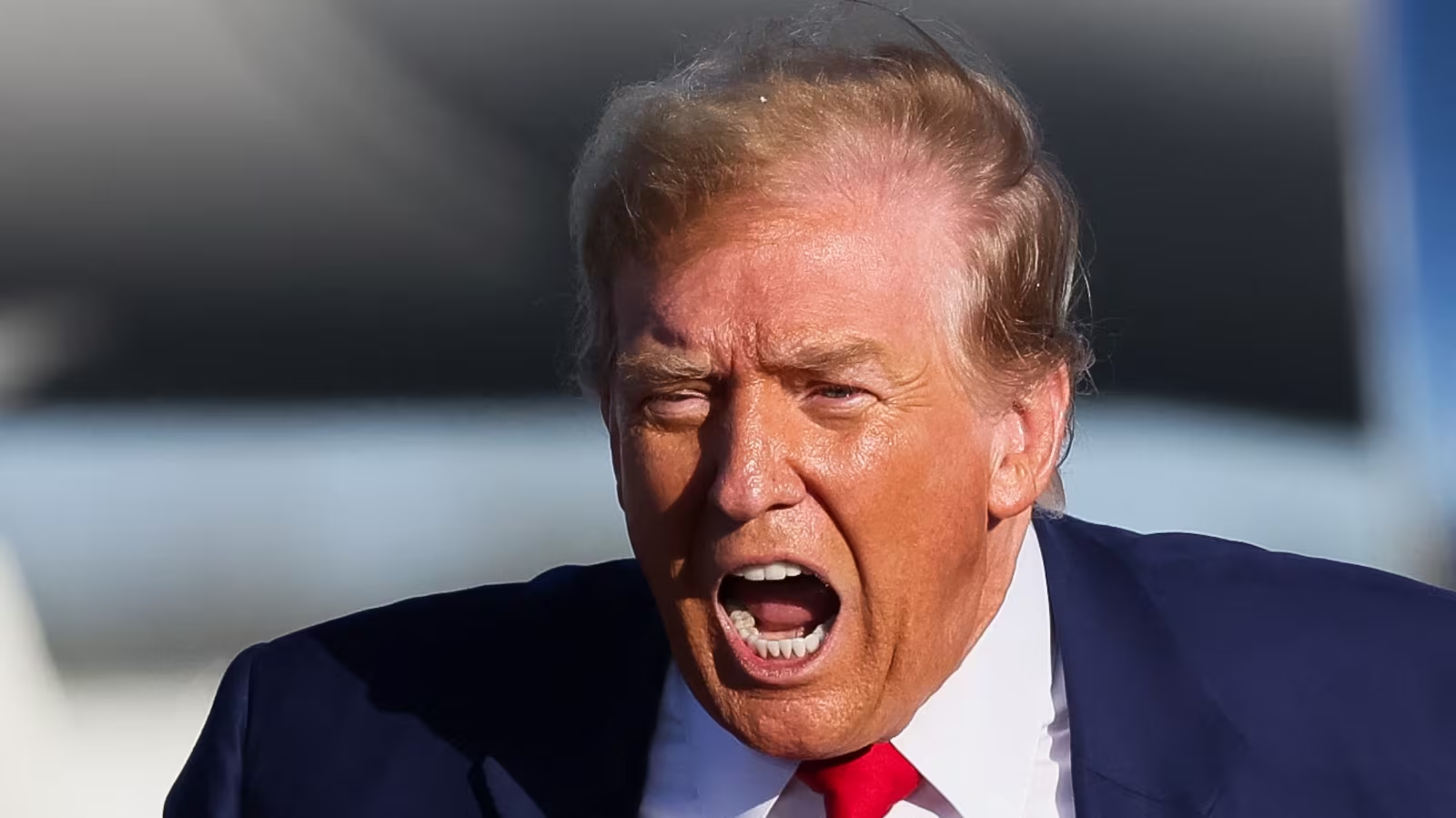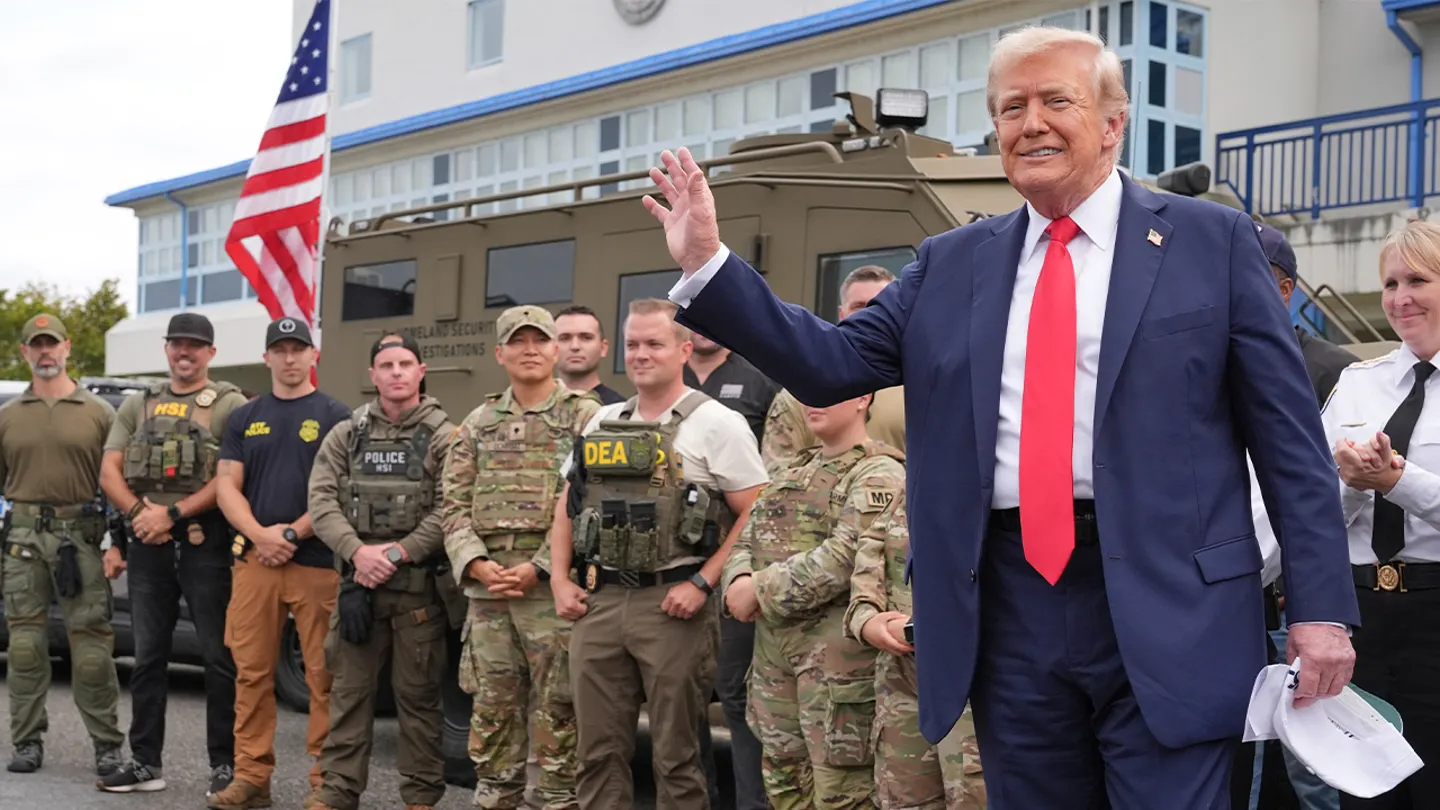WashingtonOn July 31, President Donald Trump signed an executive order imposing broad new taxes on imports from nations all around the world, marking a daring expansion of U.S. trade policy. The action sends a clear message to international trading partners and attempts to support indigenous manufacturers.
Trump also raised duties on Canadian goods from 25% to 35% in a separate measure.
Seven days before Trump’s August 1 deadline for 180 countries to either sign new trade accords with his administration or risk higher U.S.-imposed tariffs, these new reciprocal levies will go into force. August 1st marks the implementation of the revised 35% tax on Canadian goods.
Regarding over 100 nations where the United States exports more goods than it buys, Trump has maintained a base tax of 10%.
Seventy more nations are covered by the executive order.
A senior White House official said that 40 nations that buy only marginally more than they export will now be subject to a 15% tariff. Syria will have the highest rate at 41%, while 30 other nations with greater trade deficits, such as Laos and Myanmar, will see rates as high as 40%.
The new Canadian tariff does not apply to imports covered by the United States-Mexico-Canada Agreement (USMCA), which Trump negotiated during his first term. Trump has defended the increase for Canada by claiming that it is a reaction to the country’s fentanyl supply entering the United States.
Click here to view the complete list of new tariff rates.
Tariffs, which are effectively business-paid taxes on imported goods, frequently raise consumer prices. Concerns regarding possible inflationary impacts have been voiced by economists. Trump and his advisers counter that such predictions are unfounded because inflation has been comparatively flat since he took office.
Trump had previously declared new tax agreements with a number of nations, establishing rates for the European Union (15%), Vietnam (20%), Indonesia (19%), and Japan (15%).
Additionally, Trump recently declared his intention to impose a 25% tariff on Indian imports, which may have an impact on a variety of common consumer goods.
China and Mexico, two of the United States’ biggest economic partners, are conspicuously missing from the new directive.
According to reports, Trump and Chinese officials are thinking about extending the 90-day tariff truce that was reached in May and that stopped the implementation of large, triple-digit penalties.
On July 31, Trump declared that Mexico would have an additional ninety days to complete a long-term trade agreement. A 25% tariff on Mexican imports will remain in effect in the interim due to worries about fentanyl trafficking.
On July 9, Trump was supposed to reinstate a set of even more severe reciprocal tariffs that had been announced on April 2 but had been put on hold for 90 days because of market volatility. To give extra time for continuing talks, Trump, however, moved the deadline to August 1.
A regular 10% tax applied to the majority of imports during the break.
Trump has been known on Wall Street as “TACO trade,” which stands for “Trump Always Chickens Out,” because of his unpredictable approach to trade policy, which has seen him repeatedly announce tariffs only to withdraw them.
But this time, Trump was clear: he set a definite deadline of August 1st, and he has already fulfilled it.












